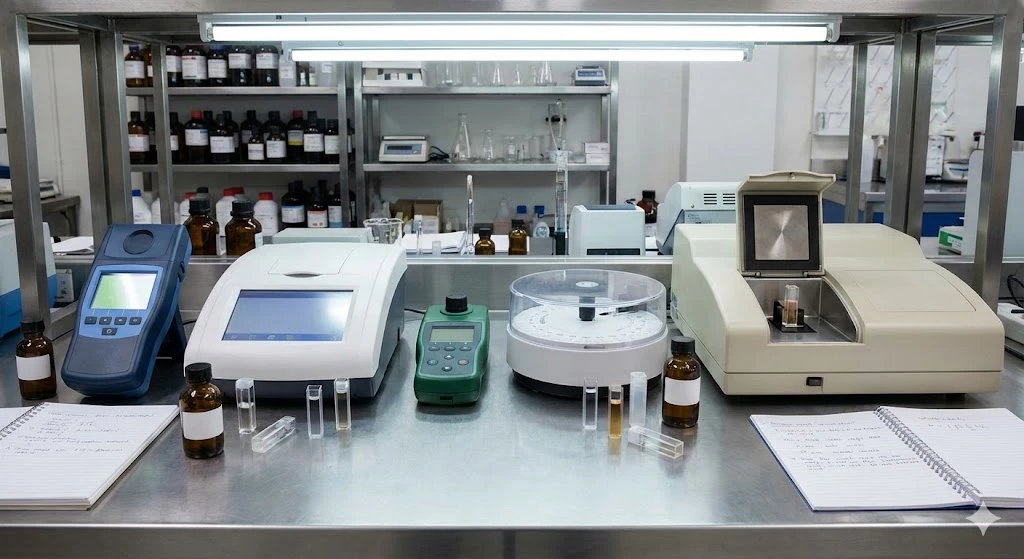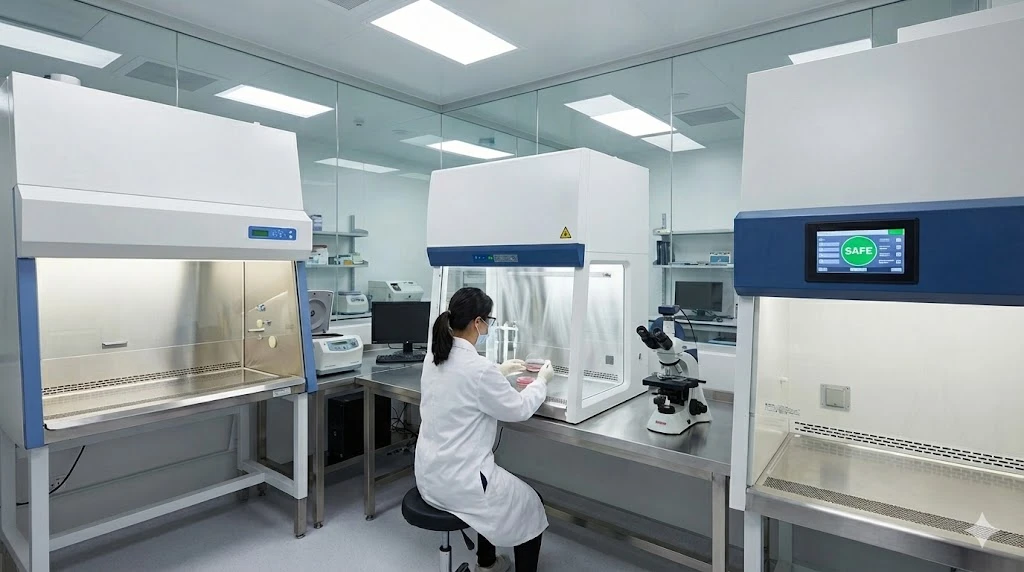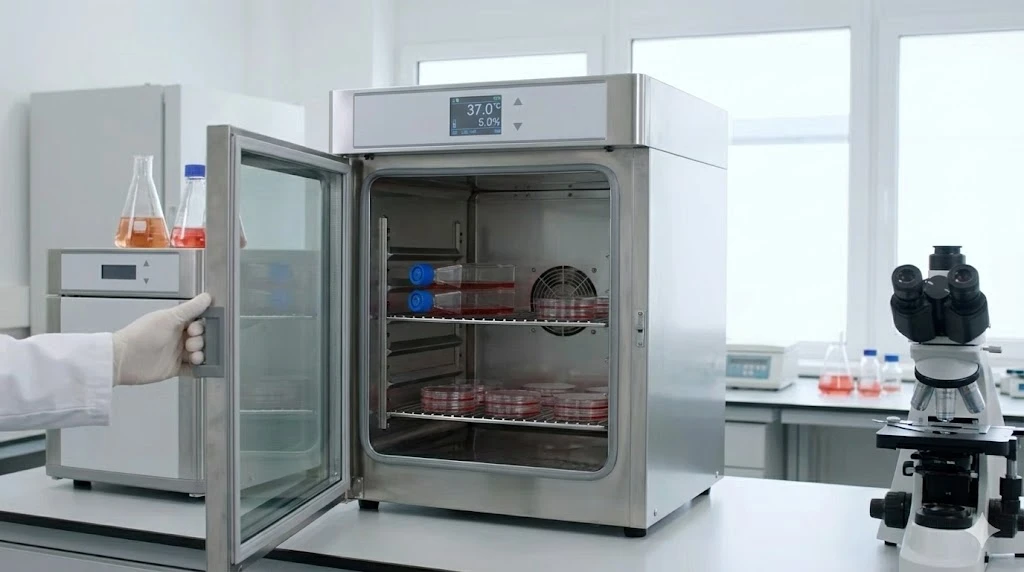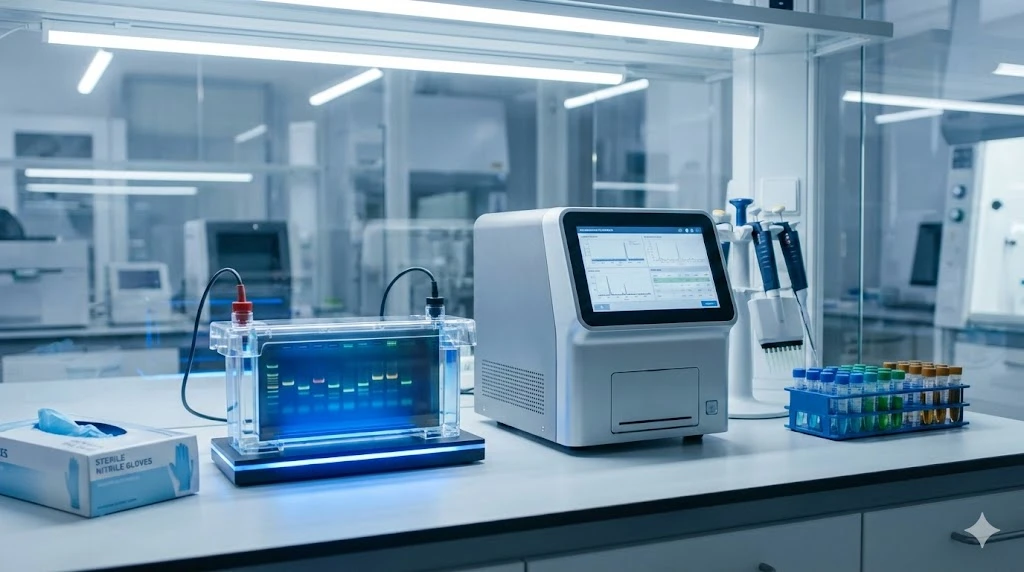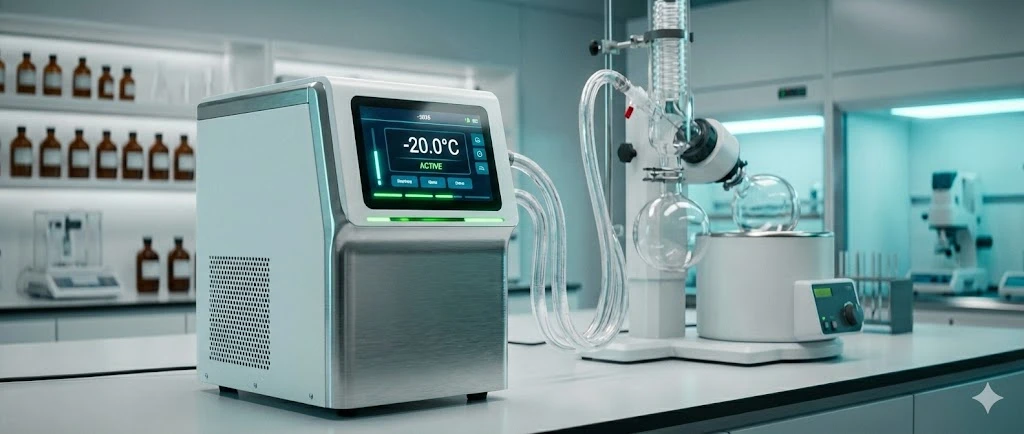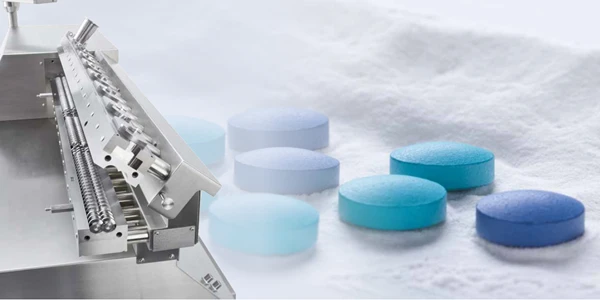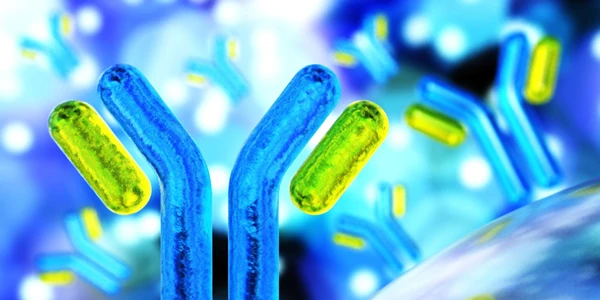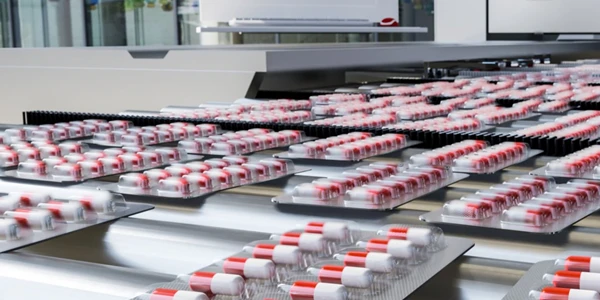Mastering PCR: A Comprehensive Guide to Polymerase Chain Reaction Techniques & Optimization
ImageFX (2025) Since its inception in the 1980s by Kary Mullis, the Polymerase Chain Reaction (PCR) has revolutionized molecular biology, transforming how scientists approach genetic analysis, cloning, and cellular manipulation. This groundbreaking technology has made complex molecular genetics accessible to everyday life science laboratories, enabling the rapid and efficient creation of constructs, cloning of genes, and diverse cellular manipulations. Today, PCR encompasses a broad spectrum of advanced technologies and methodologies, making it more powerful and versatile than ever before. This comprehensive guide delves into the popular techniques, essential equipment, and critical optimization strategies necessary to harness the full potential of PCR for your specific research needs. At its heart, PCR is an elegant molecular biology technique designed to amplify specific DNA sequences, generating millions to billions of copies from a single template. This process relies on the fundamental action of DNA polymerase, an enzyme that synthesizes new DNA strands complementary to a provided template. Since DNA polymerase can only extend from an existing 3' hydroxyl group, it requires a short, synthetic DNA segment known as a primer. These primers are meticulously designed to anneal (bind) to specific regions of the template DNA, ensuring that the amplification process is highly targeted and cumulative. The magic of PCR unfolds through a cyclical process known as thermocycling, typically performed in a specialized instrument called a thermocycler. Each cycle involves three distinct temperature-dependent steps: Denaturation: The reaction mixture is heated to a high temperature (typically 94-98°C) to break the hydrogen bonds holding the double-stranded DNA template together. This separates the DNA into single-stranded components, making them accessible for primer binding. Annealing: Following denaturation, the temperature is rapidly lowered to an optimal range (typically 50-65°C), allowing the primers to bind specifically to their complementary sequences on the single-stranded DNA templates. The annealing temperature is crucial for primer specificity and overall reaction efficiency. Extension: The temperature is then raised to the optimal activity temperature for the DNA polymerase (typically 70-75°C). The polymerase extends the primers by adding complementary nucleotides to the 3' OH end, synthesizing new DNA strands. These three steps are repeated 25-40 times, leading to an exponential amplification of the target DNA sequence, resulting in billions of identical copies (amplicons). The success of any PCR experiment hinges significantly on the choice of DNA polymerase and careful optimization of reaction conditions. Given the high temperatures involved in thermocycling, a thermostable DNA polymerase is essential. Taq polymerase, derived from Thermus aquaticus, was historically the workhorse of PCR due to its heat stability. However, Taq polymerase has limitations, including a relatively short half-life above 90°C and a lack of proofreading activity, leading to a higher error rate. To overcome these challenges, new generations of DNA polymerases have emerged, offering enhanced stability, fidelity (accuracy of synthesis), and processivity (speed of synthesis). For instance, Pfu DNA polymerase (Pyrococcus furiosus) boasts significantly greater stability at 95°C and a proofreading capability that results in 10 times higher fidelity than Taq. Modern "next-generation" high-fidelity DNA polymerases, are engineered to offer fidelities 50-100 times greater than Taq. These advanced enzymes are designed for demanding applications like high-throughput PCR, long PCR, and amplification of difficult GC-rich templates. Comparison of Common DNA Polymerases for PCR Feature Taq DNA Polymerase Pfu DNA Polymerase Next-Generation High-Fidelity Polymerases Source Thermus aquaticus Pyrococcus furiosus Engineered (various sources) Thermostability Good, but activity diminishes significantly >90°C Excellent (20x greater stability at 95°C than Taq) Excellent, often enhanced for specific conditions Fidelity Low (no proofreading) High (10x higher than Taq due to proofreading) Very High (50-100x higher than Taq due to engineering) Processivity Moderate Slower than Taq Often high, optimized for speed and yield Common Uses Routine PCR, screening, basic amplification Cloning, sequencing, site-directed mutagenesis High-throughput, long PCR, GC-rich templates, demanding applications Beyond polymerase selection, several strategies can optimize PCR specificity and yield: Hot Start PCR: This technique minimizes non-specific amplification by preventing polymerase activity until the reaction reaches the denaturation temperature. This can be achieved by physically separating components or using chemically modified polymerases that are inactive at lower temperatures. Touchdown PCR: This method starts with an annealing temperature higher than the calculated primer Tm, then gradually decreases it over subsequent cycles. This initially favors highly specific primer-template binding, reducing non-specific products, and then allows for more efficient amplification as the temperature drops. Primer Design: Accurate primer design is paramount. Tools like Tm calculators help determine optimal melting temperatures, ensuring efficient and specific annealing. Read more about effective primer design principles. The versatility of PCR extends to a variety of specialized methodologies, each tailored for particular applications and challenges: Conventional PCR: The foundational method, used for basic DNA amplification, cloning, and qualitative detection. Nested PCR: A two-step amplification process using two sets of primers. The first set amplifies a broader region, and the second, "nested" set amplifies a specific sequence within the first amplicon. This significantly enhances specificity and sensitivity, making it ideal for detecting rare targets or amplifying from complex samples. Direct PCR: Designed for rapid amplification directly from crude samples (e.g., cell lysates, tissue samples) without prior DNA purification, saving time and reducing sample loss. Fast PCR: Utilizes specially engineered polymerases and optimized cycling protocols to significantly reduce reaction times, crucial for high-throughput applications. GC-rich PCR: Employs specific buffers, additives, and cycling conditions to efficiently amplify DNA templates with high guanine-cytosine content, which can be challenging due to stable secondary structures. Multiplex PCR: Amplifies multiple target DNA sequences simultaneously in a single reaction using several sets of primers. This method is highly efficient for detecting multiple pathogens, genetic markers, or gene expressions in one go. Long PCR: Enables the amplification of DNA fragments much larger than typical PCR (e.g., several kilobases to tens of kilobases), often requiring specialized polymerases and buffer systems. These methods can typically be performed using standard thermocycler equipment, which offers the flexibility to create and store custom cycling protocols to match each application's unique requirements. Quantitative PCR, commonly known as real-time PCR (qPCR), represents a significant advancement over traditional PCR by allowing for the real-time monitoring and quantification of DNA amplification. Unlike conventional PCR, which relies on end-point analysis (measuring DNA after all cycles are complete), qPCR tracks fluorescence intensity associated with DNA amplification during the exponential phase of the reaction. This provides a highly accurate and sensitive measure of the initial amount of target DNA in a sample. qPCR greatly increases the precision of DNA measurement, with limitations primarily dependent on the resolving power of the fluorescence detection system. This method necessitates specialized instrumentation equipped with advanced optical systems for real-time fluorescence detection. Other quantitative methods, such as digital PCR (dPCR), further refine quantification by partitioning individual reactions into thousands or millions of discrete compartments, allowing for absolute quantification without the need for standard curves, though this requires additional specialized equipment and analytical tools. The applications of Polymerase Chain Reaction are nearly boundless, permeating a vast array of industries and scientific disciplines. PCR is an indispensable tool in: Food and Beverage Testing: Detecting pathogens, identifying food adulteration, and verifying ingredient authenticity. Pharmaceutical Research and Development: Gene cloning, drug discovery, vaccine development, and quality control. Toxicology and Forensics: DNA fingerprinting, paternity testing, crime scene investigation, and identification of individuals. Clinical Diagnostics: Detecting infectious diseases (viral, bacterial, fungal), genetic disorders, cancer diagnostics, and personalized medicine. Environmental Monitoring: Identifying microbial populations, detecting pollutants, and assessing biodiversity. Agricultural Biotechnology: Crop improvement, disease detection in plants and animals, and genetic modification analysis. While PCR has achieved widespread adoption, ongoing advancements are continuously refining its capabilities. Key areas of development include increasing reaction speed, enhancing automation, and integrating microfluidics and micro-processing technologies. These innovations are crucial for expanding PCR's utility, particularly in clinical diagnostic settings like field-based or point-of-care facilities, where rapid, accurate results are paramount. Despite existing challenges, future breakthroughs promise to make PCR even more powerful and an indispensable cornerstone for nearly all facets of laboratory and clinical use. Ready to elevate your molecular biology research? Explore a vast selection of cutting-edge PCR and thermocycler equipment, reagents, and supplies at LabX to find the perfect solutions for your laboratory needs. What is the primary purpose of Polymerase Chain Reaction in molecular biology?
The main goal of PCR is to create millions of copies of a specific DNA segment from a very small initial sample, enabling detailed study, analysis, and manipulation of genetic material for various research and diagnostic applications. How do different DNA polymerases impact PCR results and optimization?
The choice of DNA polymerase significantly affects PCR outcomes, influencing factors like reaction speed (processivity), accuracy (fidelity), and tolerance to inhibitors. High-fidelity polymerases, for example, are crucial for applications requiring precise DNA replication, such as cloning and sequencing, while others might be chosen for speed or robustness with challenging templates. What are the key differences between conventional PCR and quantitative real-time PCR (qPCR)?
Conventional PCR provides a qualitative or semi-quantitative "end-point" analysis of DNA amplification, meaning results are observed after all cycles are complete. In contrast, qPCR monitors DNA amplification in real-time using fluorescence, allowing for precise quantification of the initial DNA amount and offering greater accuracy and sensitivity. How can PCR reactions be optimized for better specificity and yield?
Optimizing PCR involves several strategies, including careful selection of DNA polymerase, precise primer design using Tm calculators, and employing techniques like Hot Start PCR or Touchdown PCR to minimize non-specific amplification and primer-dimer formation. Adjusting annealing temperatures and buffer components also plays a crucial role.
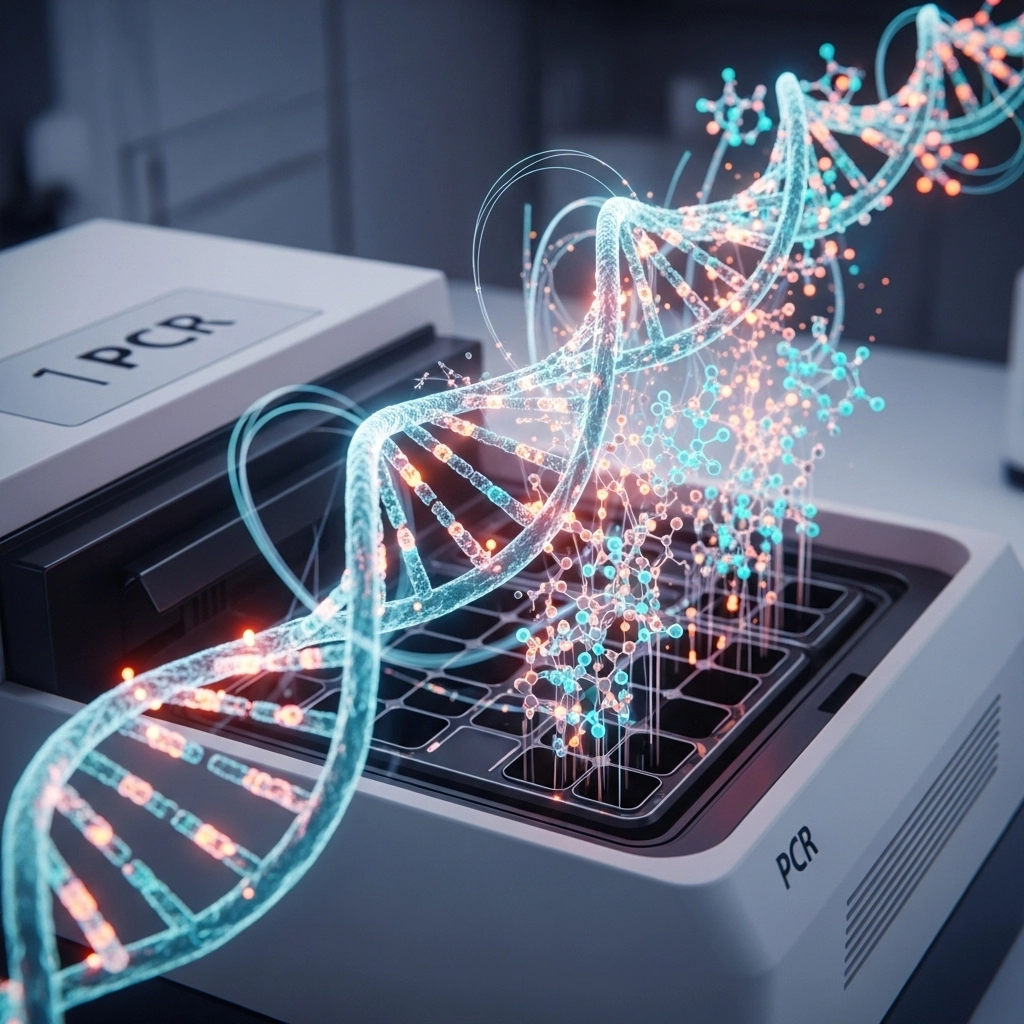
Understanding the Core Principles of PCR
Optimizing Your PCR Reaction: Polymerases and Beyond
Exploring Diverse PCR Methodologies for Specific Needs
Quantitative (Real-Time) PCR (qPCR)
Transformative Applications of PCR in Modern Science
Frequently Asked Questions About PCR

